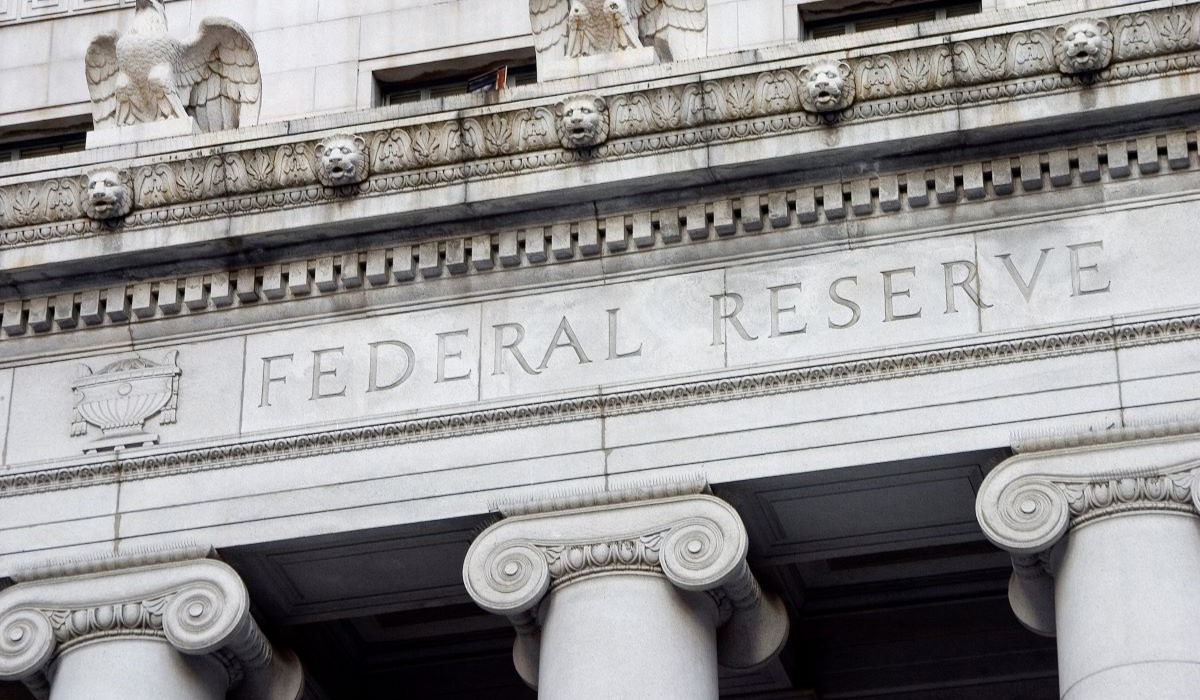One country’s discreet bailout is another country’s financial crisis, and that’s why Basel III was rolled out. The series of banking supervision measures are designed to improve banking resilience, with the latest measure designed to set minimum capital using a standard approach to risk. Canada was set to begin adopting the rules this year, but the Office of the Superintendent of Financial Institutions (OSFI) recently announced a delay. After industry consultation, the measures sold as a way to tighten standards and improve banking resilience by revealing true risk, will be delayed for another year. This will allow federally regulated financial institutions to ease lending standards and provide more liquidity.
Global Banks Are Trying To Tighten Standards Post-Financial Crisis
The Basel Accords are agreements to improve global banking supervision with standard guidelines. The issue we’re discussing today is from Basel III, written after the Global Financial Crisis (GFC) to mitigate future credit risk events. It’s implemented in stages, with the capital floor implementation agreed on back in 2017.
The Basel III capital floor sets a new minimum for regulatory capital required to support standardized risk. In other words, it sets the minimum capital that needs to be set aside based on risk-weighted assets (RWAs). Riskier assets, such as investor mortgages or corporate credit, require more capital set aside. After 18 months of negotiating, they settled on 72.5% of RWAs. That doesn’t sound like much, since banks tend to have much more in reserve. The hurdle is the standardization of risk.
The current system this rule addresses largely relies on internal risk modeling. Canada often boasts of having the safest banks in the world, and that might be true. But it might not. There’s currently no standard method of determining how much risk exists. According to the BIS, the new framework limits the bias introduced by a bank’s internal model to downplay risk to 27.5% of the new standard. Still a big variation, but a start toward making risk more visible to regulators and the public.
Canada Delays Adopting Capital Minimums & Standard Risk Measures
Last month, OSFI officially delayed the implementation of the capital floors by a year. The original schedule would have seen a gradual increase, hitting 70% in 2025 and rising to the full 72.5% by 2026. The delay will see the first increase move to 2026, and the full increase is scheduled for 2027 or later.
Who cares? Well, ultimately this helps to increase liquidity in the market and generate loans. Considering consumer credit is growing at an unusually low rate, it’s hard to believe banks didn’t have the liquidity to keep up with the volume. While banks may not need it right now, they can access more credit. This delay likely contributed to investor expectations, with yields tumbling shortly after throughout July. Weak credit demand combined with more availability indicates credit is oversupplied for current conditions, lowering borrowing costs in some cases.
We’ll quickly gloss over the timing, but it is a little curious. This move comes as data shows Canada’s large banks are increasingly backing cash flow negative, leveraged condo investors. Cash flow-negative investors with depreciating assets certainly sounds like a risk that may be underappreciated at this time. But that’s a discussion for another day.
The public was initially sold on the new rules as way to help banks mitigate risk. Financial institutions would be better suited to handle shocks, and it would reduce the need for bailouts. To say it’s odd that the industry requested a push back for the measures at this time would be an understatement. It’s not like this is a recession, right?



















 English (US) ·
English (US) ·